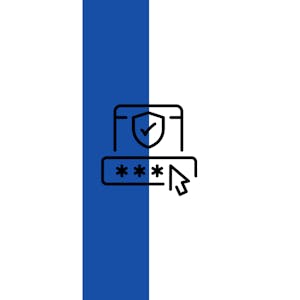Play It Safe: Manage Security Risks
About this Course
This course takes a deeper dive into concepts introduced in the first course, with an emphasis on recognizing the focus of the CISSP eight security domains, steps of risk management, security frameworks and controls (e.g., NIST, CIA triad, OWASP), as well as common security threats, risks, and vulnerabilities. Additionally, learners are provided with an opportunity to explore and analyze SIEM data, use a playbook to respond to identified threats, risks, and vulnerabilities, and conduct a security audit. By the end of this course, you will: - Identify the common threats, risks, and vulnerabilities to business operations. - Understand the threats, risks, and vulnerabilities that entry-level cybersecurity analysts are most focused on. - Comprehend the purpose of security frameworks and controls. - Describe the confidentiality, integrity, and availability (CIA) triad. - Explain the National Institute of Standards and Technology (NIST) framework. - Explore and practice conducting a security audit. - Use a playbook to respond to threats, risks, and vulnerabilities.Created by: Google

Related Online Courses
Embark on a transformative learning experience with our PyTorch Ultimate 2024 course. Begin with a solid foundation, understanding the key topics and objectives, and seamlessly transition through... more
This specialization is for those who want to study English grammar at the beginning level. Through the three courses in this specialization, you will learn the fundamental features of English... more
This specialization is intended for beginners to learn how to become proficient in Linux programming. It will prepare you for a role as an information technology professional by introducing you to... more
This comprehensive Multichannel Marketing Specialization equips you with the essential skills to excel in various facets of digital marketing, from social media and email marketing to mobile app... more
The specialized program is divided into three MOOCs:\\n\\nFront-end of the nuclear fuel cycle, Back-end of the nuclear fuel cycle, and In-core fuel management.\\n\\nThe student will navigate the... more








